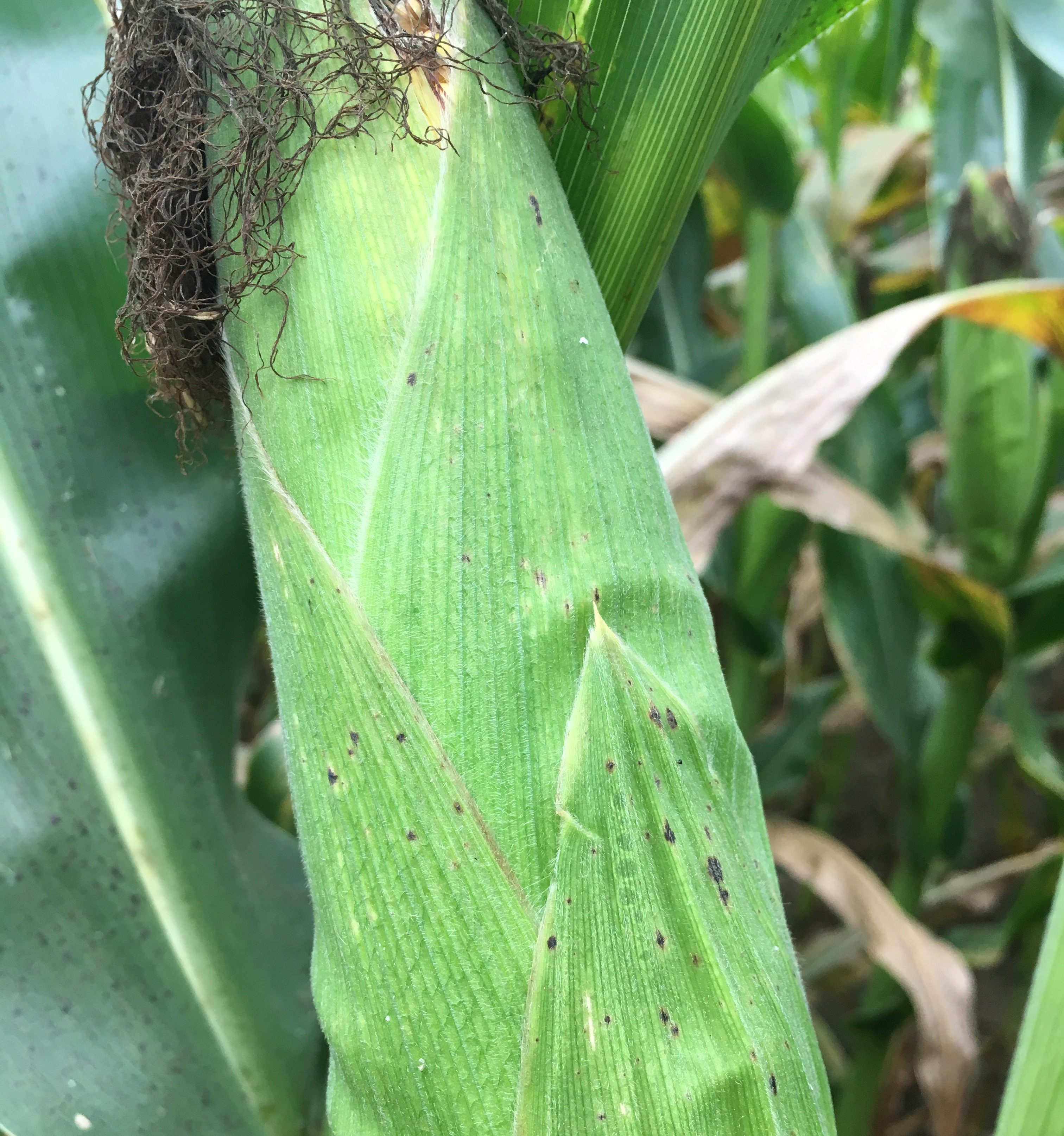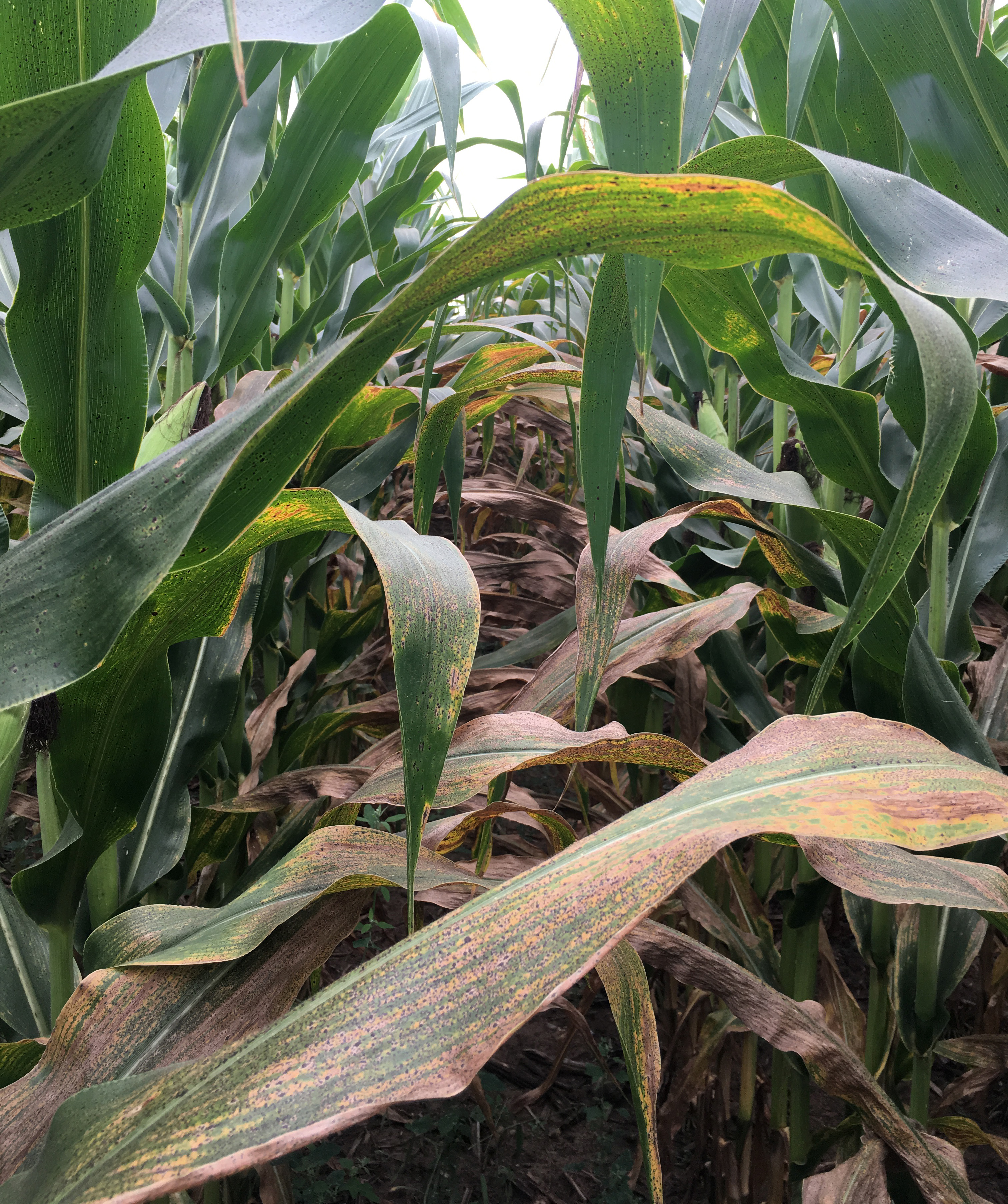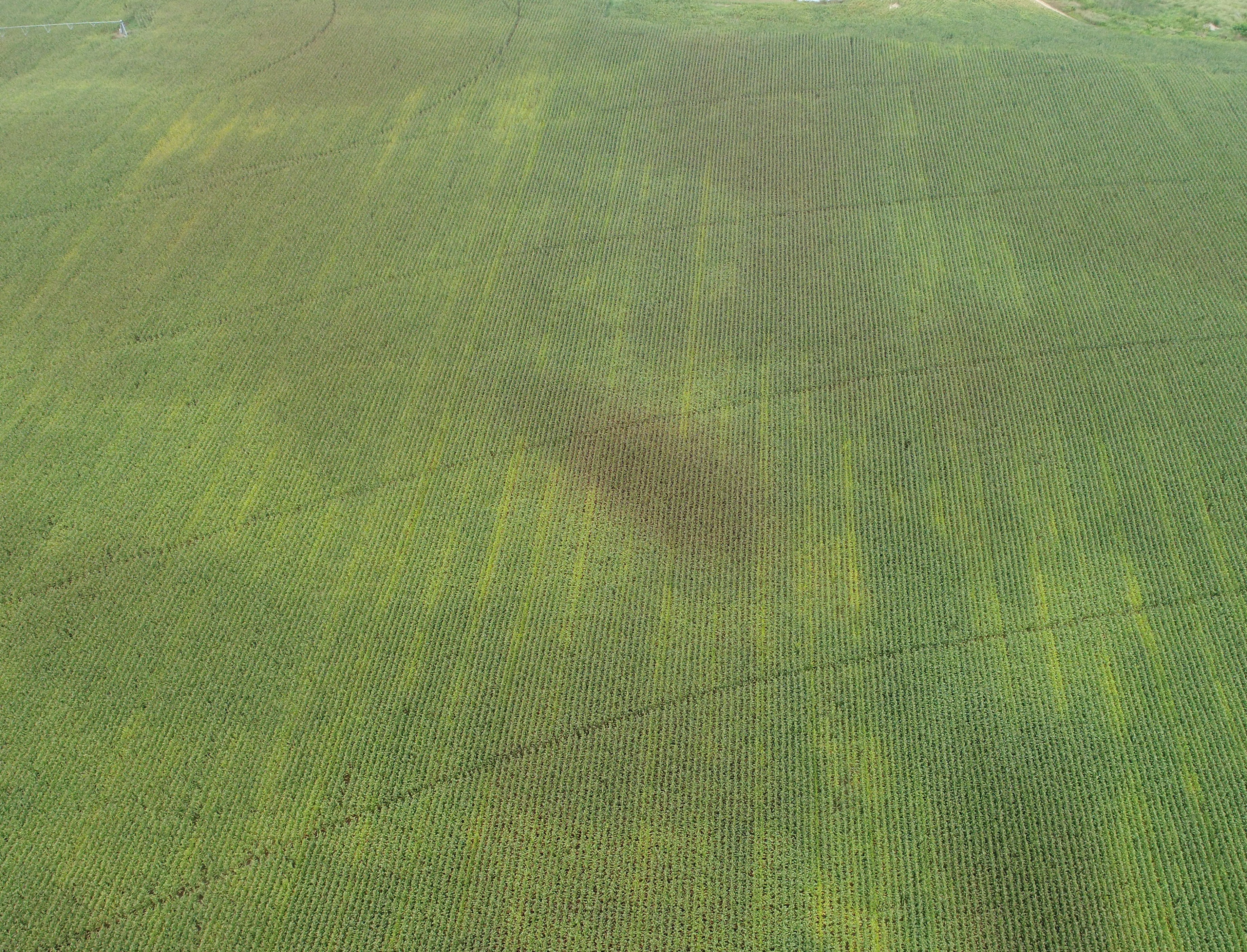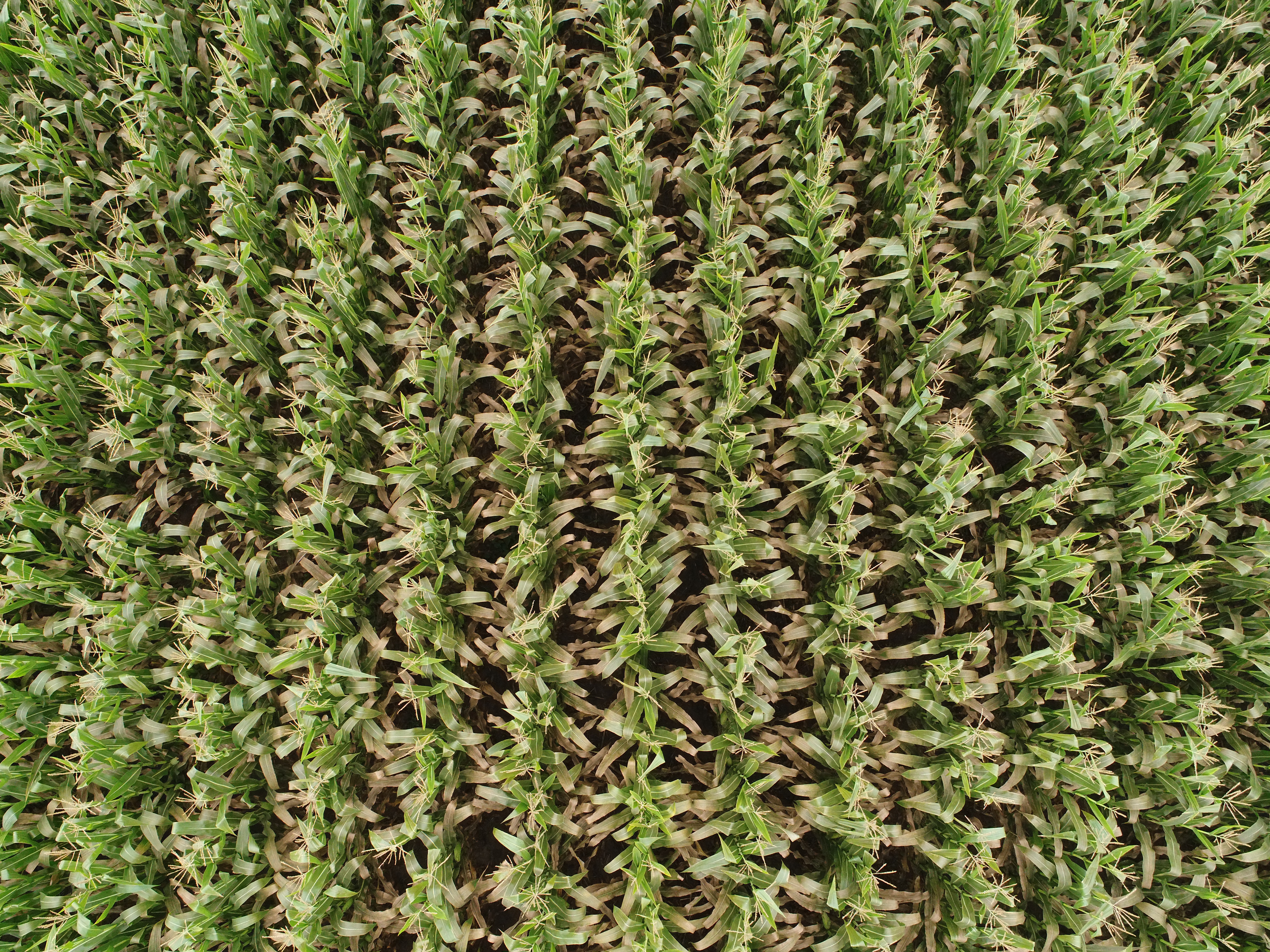Corn tar spot now confirmed in Allegan and Montcalm counties
Tar spot is a potential issue for Michigan corn production.

Tar spot has been confirmed for the third year in a row in Michigan’s Allegan County, and this year it also been found in Montcalm County.
To date, only Phyllachora maydis has been confirmed in the U.S. In Mexico, an additional fungal species, Monographella maydis, forms tar spot complex with Phyllachora maydis to cause fish eye symptoms, resulting in greater yield losses. These fish eye–tar spot complex symptoms have been seen in Michigan, but we are working to confirm the pathogens.
Tar spot was found in the U.S. for the first time in 2015 in Indiana and Illinois, and recently we have assisted Iowa, Wisconsin and Florida in positive identifications. In Michigan, 2016 was the first year tar spot symptoms were observed.
Given this is a new disease to the region, it is unknown what impact it will have on yield. However, in conversing with a grower, it was estimated that a 2017 severely infected field saw a 40 bushel per acre loss.
Although no fungicides are labelled for use, anecdotal evidence indicates they do help to suppress tar spot disease. There are likely differences in hybrid resistance, but to date no difference by brand or trait have been observed. Lodging may also be a concern. If you have an infested field, consider cleaning the combine before moving to a new field, as moving debris may move the pathogen.
Tar spot, as the name suggests, looks and feels like black spots of tar, which cannot be easily rubbed off. The black structures are fungal fruiting bodies that release spores to infect the plant, which are capable of overwintering in debris. To scout for the disease, inspect plants carefully as light infections can be hard to see. It may be possible to see heavy infestations from the air.
See the following YouTube video from Michigan State University for further information.
If you suspect tar spot, please let us know and submit a sample to MSU Diagnostic Services free of charge courtesy of the Corn Marketing Program of Michigan. When submitting samples, indicate the location where the sample were collected.

Tar spot on ear.

Heavy infestation of tar spot.

Tar spot from above.
Tart spot disease from above.
Dr. Chilvers’ research is partially supported by the Corn Marketing Program of Michigan, Project GREEEN and AgBioResearch.



 Print
Print Email
Email


